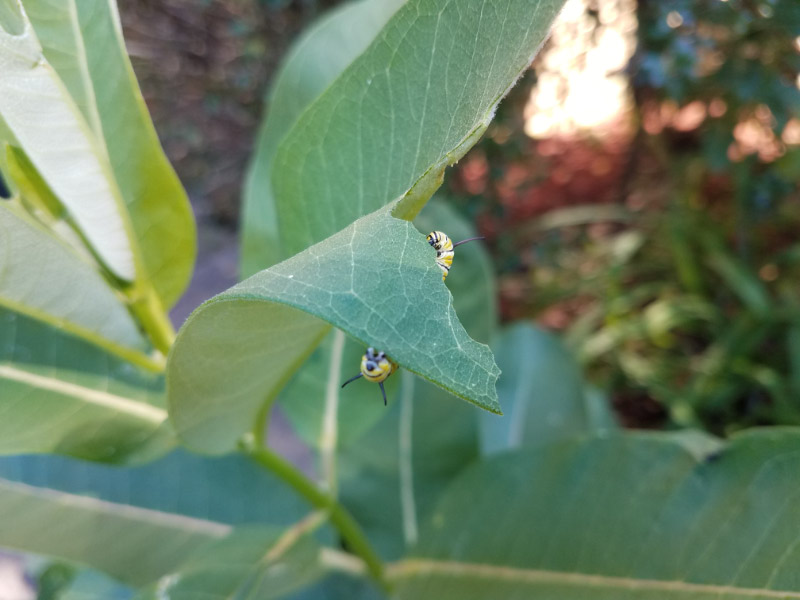Gleanings of the Week Ending September 1, 2018
/The items below were ‘the cream’ of the articles and websites I found this past week. Click on the light green text to look at the article.
Poor sleep triggers viral loneliness and social rejection: Lack of sleep generates social anxiety that infects those around us -- ScienceDaily – Yet another reason that getting enough sleep is important to us as individuals and society at large.
The Armchair Photography Guide to Canyonlands National Park – Island in The Sky | National Parks Traveler – So many of the pictures had snow! It would be good to go when it was not terrifically hot….so any time but summer and even better close to the beginning or end of winter (a little now…not enough to be hazardous).
Stunning Underwater Photos of Microscopic Plankton by Ryo Minemizu – Beautiful, small life.
In Eastern US, adult trees adapt and acclimate to local climate: Tree cores reveal flexibility, more work needed to understand mechanisms -- ScienceDaily – 14 species of trees were analyzed using tree cores from 1940-1980….shouldn’t we look at more recent tree cores too?
Bed Bugs: When Biodiversity Bites – Cool Green Science – Informative….maybe I should check for bedbugs more consistently when I travel. I shouldn’t keep relying on ‘luck’ to avoid a very bad experience.
A Record Year for Measles Cases in Europe | The Scientist Magazine® - When I was a child, the measles vaccines didn’t exist yet. It was awful. Everyone got sick with them and, for some, there were lasting consequences. I was fortunate and survived without lasting damage except for missing enough school that I never quite understood certain volumetric measurements because I completely missed when it was taught.
Which country has the most expensive education? - Are the comparisons really apples and apples…or are there some pears and oranges thrown in? It is about educations but there are a lot of variables beside cost. All countries and parents and teachers struggle with how to make education relevant to students for now and into the future.
Air Pollution Linked to Decline in Cognitive Performance – The study was done in China but I wondered if it was true in other areas of the world with high levels of air pollution (like India). The US could be vulnerable if we relax our clean air standards.
NASA’s OSIRIS-REx begins asteroid operations campaign – We were in Florida in September 2016 for the launch…so I always notice the updates about its progress.
50% of Industrial Climate Change Emissions Tied to Fossil Fuel Companies – An interview with the two authors of a recently released report: Decarbonization Pathways for Mines.


















































